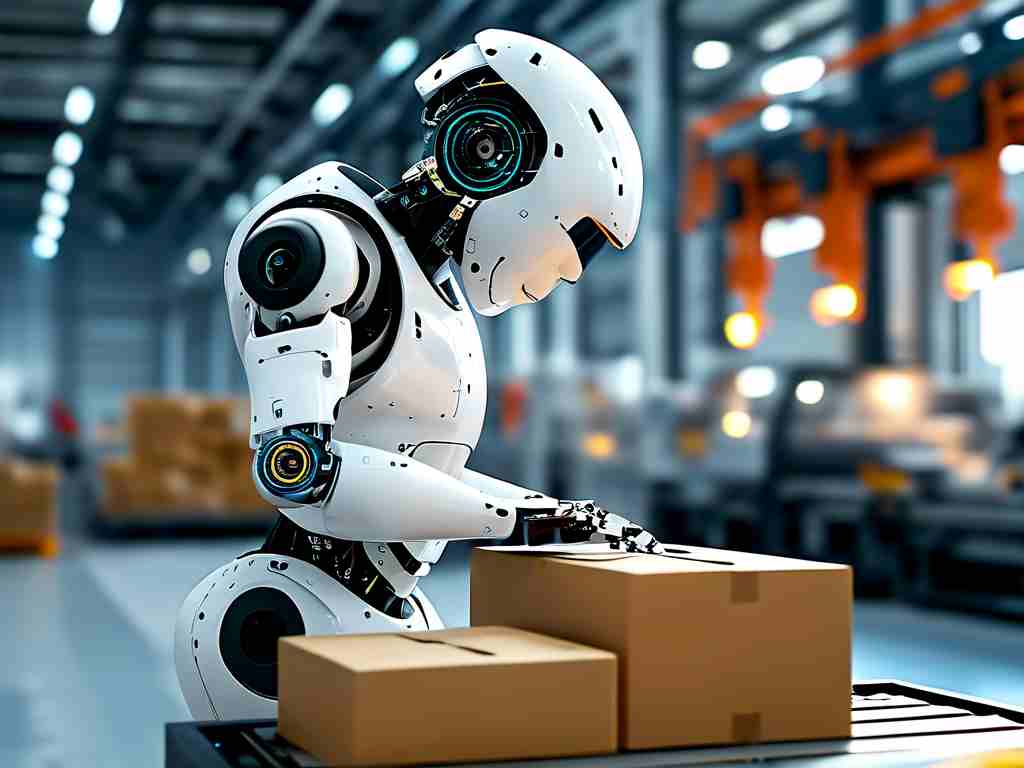The logistics industry has witnessed a transformative shift with the emergence of robot automated packing technology. This innovation combines advanced robotics, artificial intelligence, and sensor-based systems to streamline packaging processes in warehouses and distribution centers. By eliminating manual intervention in repetitive tasks, businesses are achieving unprecedented levels of efficiency while reducing operational costs.

At the core of this technology lies intelligent robotic arms equipped with computer vision systems. These machines analyze product dimensions and weight in real-time through 3D scanning, enabling them to select optimal packaging materials and box sizes. For instance, a robotic system might detect irregularly shaped items and automatically generate custom corrugated inserts using integrated fabrication tools. Such precision minimizes wasted space in shipping containers – a critical factor given that poorly optimized packaging can increase transport costs by up to 30%.
Modern automated packing systems employ machine learning algorithms that improve performance over time. A notable example is the adaptive grip technology seen in XYZ Corporation's latest model, which adjusts suction force and finger positioning based on object surface textures. This ensures secure handling of diverse products ranging from fragile glassware to heavy automotive parts without requiring manual reprogramming between batches.
The integration of these systems with warehouse management software creates seamless operational workflows. When connected to inventory databases, robots can prioritize packing sequences based on delivery deadlines and carrier schedules. A case study from Acme Logistics revealed a 22% reduction in missed shipments after implementing such synchronized systems.
Safety enhancements represent another crucial advantage. Collaborative robots (cobots) with force-limiting mechanisms now work alongside human staff in shared spaces. These units feature emergency stop functions and proximity sensors that activate slowdown protocols when workers approach. Major manufacturers like Fanuc and ABB have reported zero accident rates in packing zones since deploying these safety-enhanced models.
Energy efficiency has become a key focus in recent iterations. The latest EcoPack series from TechRobotics incorporates regenerative braking systems that recover kinetic energy during arm movement cycles. Independent tests show this innovation reduces power consumption by 18% compared to conventional models, aligning with global sustainability initiatives in industrial operations.
Despite these advancements, challenges persist in implementing robot packing systems. Initial capital investment remains substantial, with complete automation setups costing between $500,000 to $2 million depending on scale. However, ROI analyses demonstrate cost recovery within 2-4 years through labor savings and reduced material waste. Technical hurdles include maintaining system reliability in dusty warehouse environments, addressed through IP65-rated components in newer models.
The future trajectory points toward increased autonomy. Researchers at MIT recently demonstrated a prototype that combines packing robots with autonomous mobile vehicles (AMRs), creating self-contained packaging stations that navigate warehouse floors. This development could eliminate fixed conveyor systems, offering flexible layouts that adapt to seasonal demand fluctuations.
As e-commerce continues its exponential growth – projected to reach $7.4 trillion in global sales by 2025 – robotic packing solutions will become indispensable for meeting delivery expectations. Early adopters like Amazon and Alibaba have already automated over 60% of their packaging processes, setting new benchmarks for speed and accuracy in order fulfillment.
For businesses considering implementation, success factors include thorough process mapping and workforce retraining programs. Pilot projects should focus on high-volume SKUs before expanding to complex packaging scenarios. With proper planning and system customization, robot automated packing technology offers a scalable solution to modern logistics challenges while future-proofing operations against evolving market demands.

